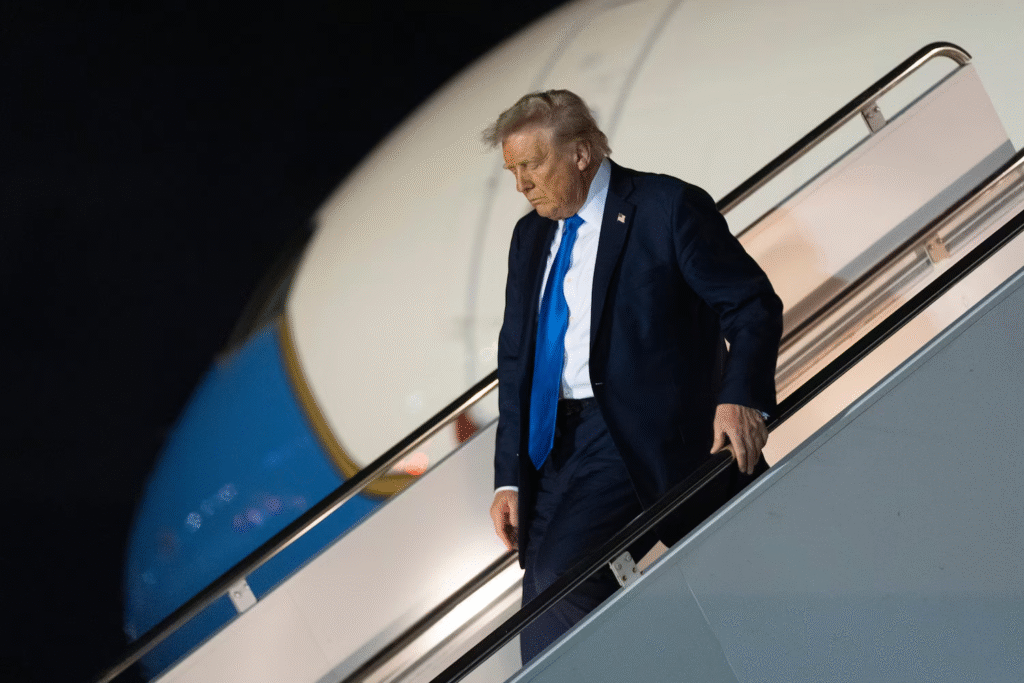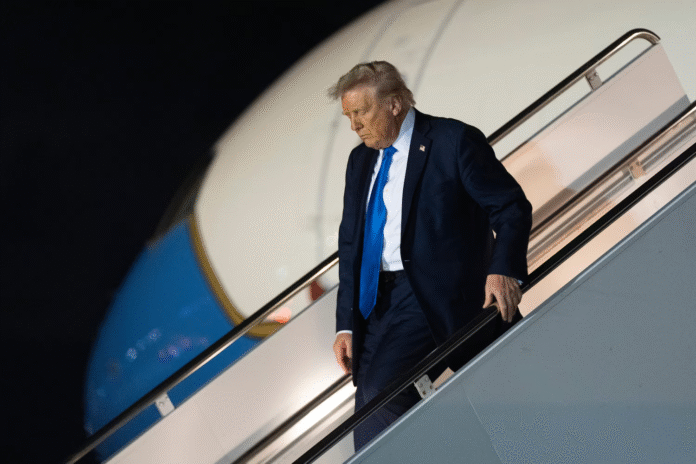
In a bold and controversial move, former President Donald Trump has issued an executive order seeking to strip federal funding from National Public Radio (NPR) and the Public Broadcasting Service (PBS). This latest directive, signed aboard Air Force One en route to Florida, has ignited a fierce debate about the boundaries of executive authority, the role of public media, and the future of independent journalism in America.
But the Corporation for Public Broadcasting (CPB), the nonprofit entity that channels federal support to NPR, PBS, and dozens of other public media organizations, is not backing down. In a swift and pointed response, CPB President and CEO Patricia Harrison reaffirmed a foundational truth: the president does not control public broadcasting’s funding—Congress does.
Constitutional Checks vs. Executive Orders
“The CPB is not a federal executive agency subject to the President’s authority,” Harrison emphasized in a public statement. She pointed to the very structure of the CPB, created by Congress in 1967 specifically to function as a private nonprofit—insulated from direct federal control to safeguard editorial independence.
Congress’s original charter for CPB is crystal clear. It explicitly prohibits any federal department, agency, or official from influencing public broadcasting content. In essence, the CPB and its affiliates were designed to be immune from the very kind of political interference now being attempted.
Nevertheless, the Trump administration’s executive order aims to push that boundary as far as possible. The order mandates that CPB revise its internal funding rules for 2025 to prohibit both direct and indirect support for NPR and PBS. It goes even further, instructing all federal agencies to halt contracts or grants involving either organization and demands an FCC-led investigation into alleged partisan bias and potential discrimination.
A Political Battleground, Not Just a Budget Issue
This move is not occurring in a vacuum. It comes amid long-standing conservative criticism that public broadcasters lean left, pushing “liberal propaganda” under the guise of taxpayer-funded neutrality. The White House’s fact sheet echoed this sentiment, accusing NPR and PBS of promoting partisanship.
Senator Tom Cotton, a Republican from Arkansas, echoed that sentiment online, writing, “The fact that taxpayers are forced to subsidize far-left propaganda outlets like NPR is an outrage.” He praised Trump’s executive order as “common-sense.”
On the other side of the aisle, the response was swift and fierce. Representative Adam Smith of Washington denounced the order as a step toward authoritarianism. “NPR and PBS are how 160 million Americans access fact-based, impartial news each month,” Smith said, vowing to challenge the directive in court. He also reminded the public that these institutions were created through legislative action and thus cannot be dismantled by a stroke of the executive pen.
The Stakes for Rural America and Education
Beyond the legal wrangling and partisan lines, the potential impact of such funding cuts is most acutely felt at the local level—particularly in rural communities.
PBS President and CEO Paula Kerger noted that for many small-town stations, federal support is not just helpful—it’s vital for survival. “For a number of smaller stations, it really could be an existential challenge,” she warned in a recent interview. If those funds dry up, entire communities could lose access to educational programming, public safety alerts, and cultural content that commercial media often overlooks.
PBS, through its collaborative funding model, uses contributions from across its network to develop widely beloved educational content—especially children’s programming that has informed and inspired generations. Pulling federal dollars threatens not just business continuity, but a cultural legacy that spans decades.
Defending Editorial Integrity
At the heart of the issue is the credibility of public journalism itself. During a congressional hearing earlier this year, NPR President and CEO Katherine Maher addressed concerns about political bias head-on.
“It is critical for NPR’s newsroom to operate with the highest journalistic standards,” Maher testified. “That means they do their jobs independently, and as CEO I have no editorial role at NPR.”
This commitment to editorial independence is precisely why Congress placed CPB and its funded organizations outside the direct control of the White House. The goal was to build a media infrastructure that served the public interest—without bowing to shifting political winds.
The Bigger Picture: A Fight Over Values
This clash over funding NPR and PBS is more than a bureaucratic spat—it’s a reflection of deeper national divides over truth, accountability, and the role of media in democracy.
On one side are those who view public broadcasting as a bulwark against misinformation, a trusted source of in-depth reporting and cultural storytelling. On the other are critics who see it as an outdated institution that misuses public funds to promote ideological narratives.
But if history is any guide, attempts to silence public media often backfire. Supporters tend to rally, donations spike, and courts usually uphold the legal protections designed to preserve independence.
What Comes Next?
While the executive order may not fully defund NPR and PBS—thanks to the limits of presidential power and the protections afforded by Congress—it could still disrupt operations, delay grant cycles, and discourage innovation, particularly for smaller affiliates.
Legal challenges appear inevitable, and much now depends on how Congress responds in upcoming budget negotiations. The courts, too, may be asked to weigh in on whether the order violates the original Public Broadcasting Act or encroaches on First Amendment freedoms.
For now, the message from the CPB is clear: public broadcasting is a public trust, not a political pawn. And as long as the American people continue to find value in accessible, independent media, it will remain a vital piece of the national conversation—no matter who sits in the Oval Office.


